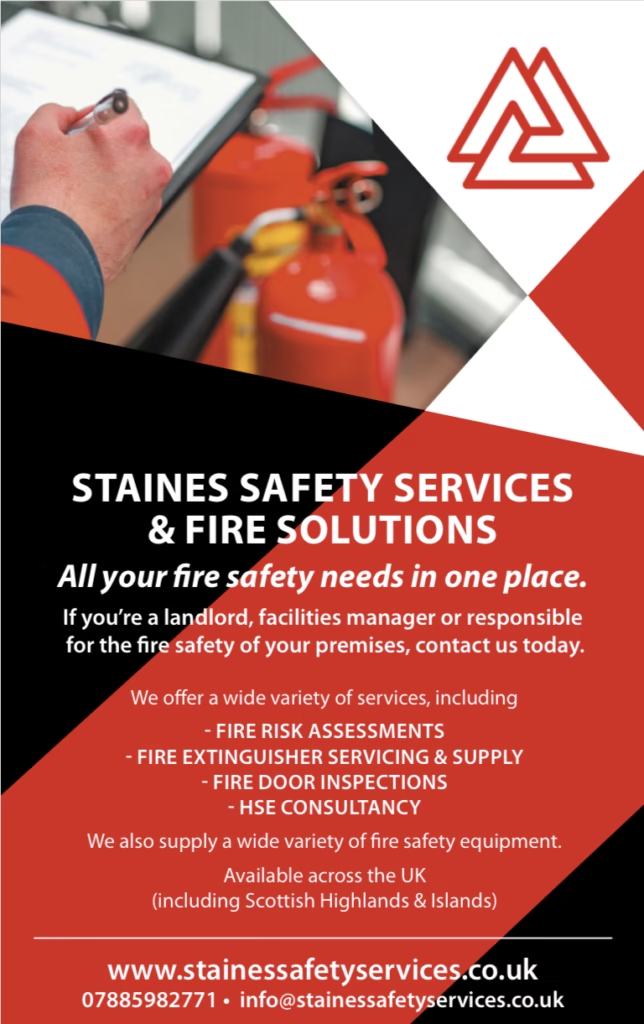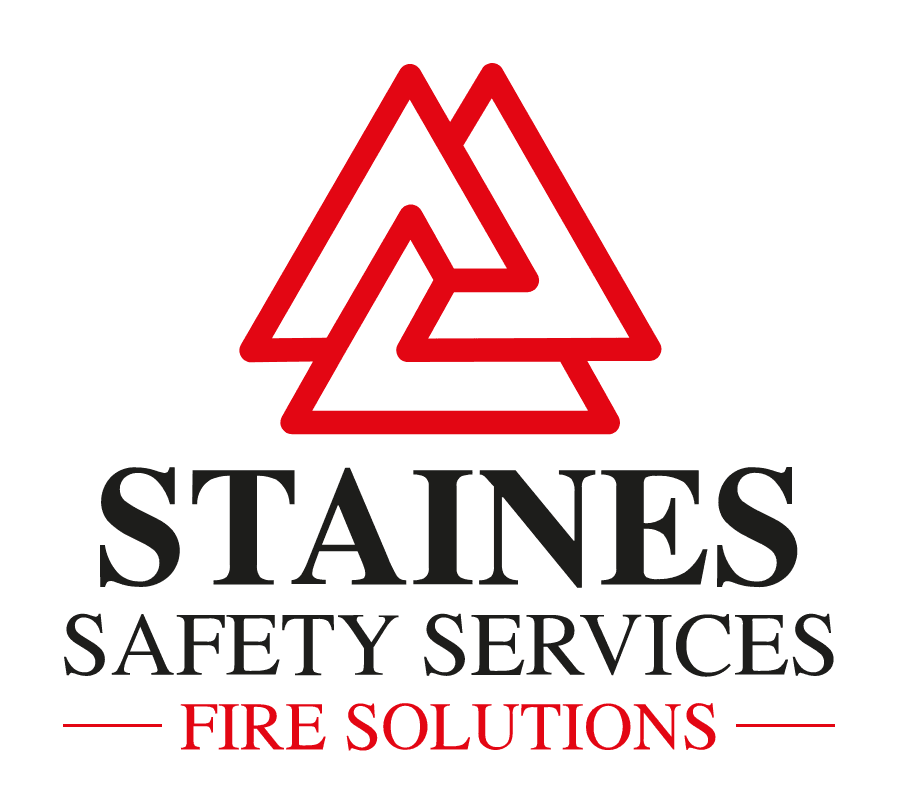HMO Fire Safety
### Understanding Fire Safety Requirements for HMOs in England and Wales
House in Multiple Occupation (HMO) properties are a common housing solution in England and Wales, providing accommodation for multiple tenants who share facilities. Due to the higher risks associated with multiple occupants, stringent fire safety requirements are in place to ensure the safety and well-being of residents. Here’s an overview of the fire safety requirements for HMOs in England and Wales.
#### 1. **Definition of an HMO**
An HMO is defined as a property occupied by three or more individuals who are not from the same household and share basic amenities, such as a kitchen or bathroom. Properties that fall under this definition are subject to specific fire safety regulations.
#### 2. **Licensing Requirements**
Most HMOs require a license from the local council. This licensing process ensures that the property meets specific safety standards, including fire safety measures. The licensing authority will assess the property’s fire safety arrangements as part of the approval process.
#### 3. **Fire Risk Assessment**
Landlords of HMOs are legally required to conduct a fire risk assessment. This involves identifying potential fire hazards, evaluating the risks to tenants, and implementing measures to eliminate or reduce those risks. The assessment should be regularly reviewed and updated, especially when there are changes in the property or its use.
#### 4. **Fire Safety Equipment**
HMOs must be equipped with appropriate fire safety equipment, including:
– **Smoke Alarms**: At least one smoke alarm on each floor of the property. It’s advisable to install interconnected alarms for enhanced safety.
– **Heat Alarms**: In kitchens, where smoke alarms may be prone to false alarms.
– **Fire Extinguishers**: Portable fire extinguishers should be provided, especially in common areas.
– **Emergency Lighting**: Adequate emergency lighting should be installed in escape routes to aid safe evacuation during a power failure.
#### 5. **Escape Routes and Exits**
Landlords must ensure that all tenants have access to safe escape routes in the event of a fire. This includes:
– **Clear Signage**: Properly marked escape routes and fire exit signs.
– **Unobstructed Exits**: Escape routes must be kept clear and easily accessible at all times.
– **Fire Doors**: Installation of fire doors that provide a barrier to slow the spread of fire and smoke. These doors should be self-closing and properly maintained.
#### 6. **Information and Training**
Landlords have a responsibility to inform tenants about fire safety measures and procedures. This includes:
– **Providing Fire Safety Information**: Clear guidance on what to do in the event of a fire, including evacuation procedures.
– **Regular Fire Drills**: Conducting fire drills to ensure tenants know how to evacuate safely and quickly.
#### 7. **Emergency Plans**
A comprehensive emergency plan should be established, detailing the procedures in the event of a fire. This plan should be communicated to all tenants and include contact information for the landlord or property manager.
#### 8. **Regular Maintenance**
Landlords must ensure that all fire safety equipment is regularly maintained and tested. This includes checking smoke alarms, fire extinguishers, and emergency lighting to ensure they are in good working order.
#### 9. **Compliance with Local Regulations**
In addition to national fire safety regulations, local councils may have additional requirements for HMOs. Landlords should familiarize themselves with local regulations and ensure compliance.
### Conclusion
Fire safety is a critical aspect of managing House in Multiple Occupation properties in England and Wales. By adhering to the fire safety requirements, landlords can create a safer living environment for tenants and reduce the risk of fire-related incidents. Regular risk assessments, proper equipment, clear escape routes, and effective communication are essential for ensuring the safety and well-being of all residents in an HMO. For landlords, understanding and implementing these fire safety measures is not only a legal obligation but a moral responsibility to protect their tenants.
For more information please fill in the contact form above or call 07885982771 now!

